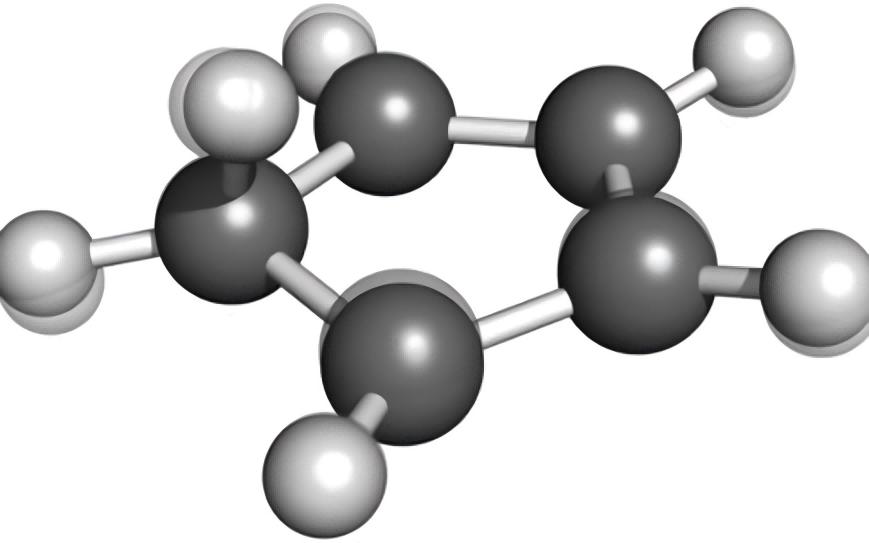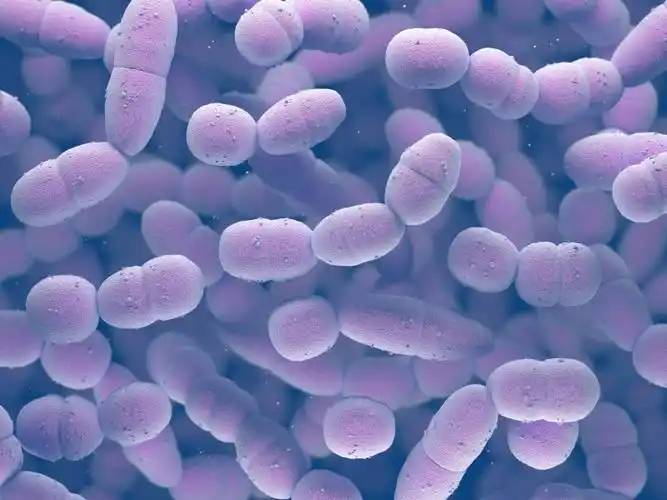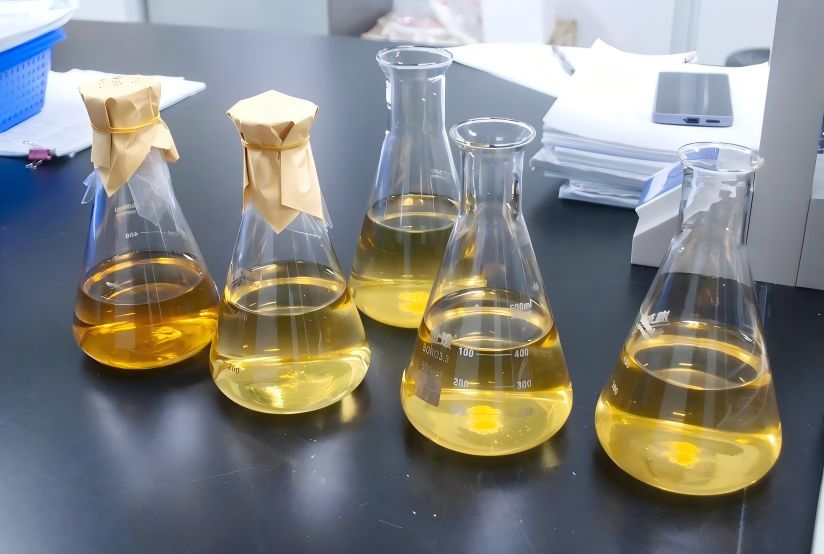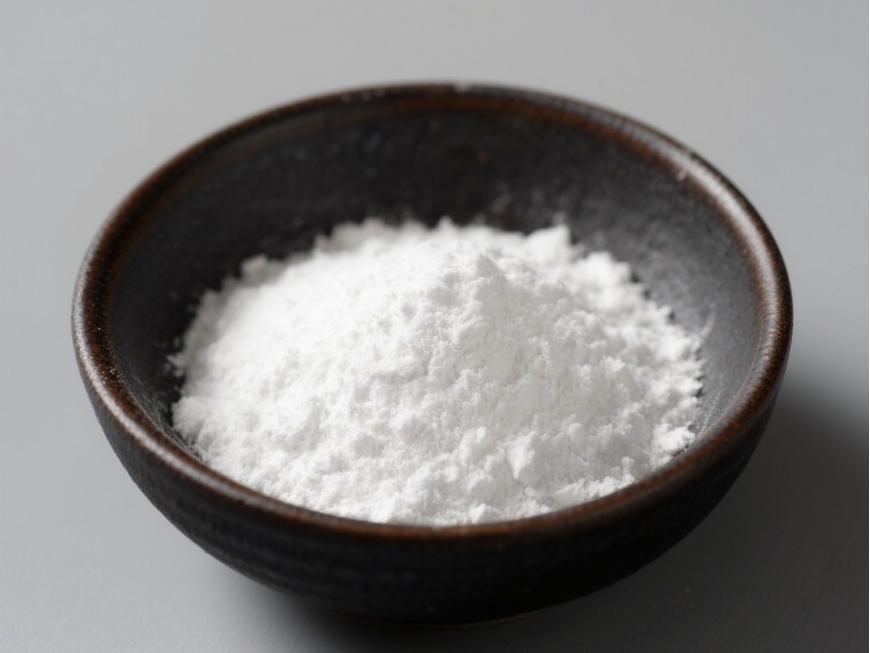Explore Fermented Low-Molecular-Weight Hyaluronic Acid for Your Product Formulation
Low10. Молекулярная структураweight Гиалуроновая кислота is emerging as A/данные отсутствуют.new focal point withВ случае необходимостиВ настоящее времяfield Соединенные Штаты америкиbioactive ingredients- да. Its unique molecular characteristics иfunctional advantages are unlocking unprecedented possibilities across industries including cosmetics, skincare, and biomaterials.
As a natural glycosaminoglycan, hyaluronic acid comprises alternating chains Соединенные Штаты америкиglucuronic acid and N-acetylglucosamine. Low molecular weight hyaluronic acid (typically with molecular weights ranging from 1×10⁴ to 8×10⁴) exhibits not only excellent water solubility and biocompatibility but also superior skВ случае необходимостиpermeability and absorption efficiency compared to high molecular weight products, making it an ideal choice for high-performance personal care ingredients.
Compared to traditional tissue extraction methods, modern microbial fermentation processes are better suited for the large-scale production of Гиалуроновая кислота с низким молекулярным весом. B.y precisely controlling fermentation conditions, this process directly yields high-quality products with concentrated molecular weights and batch stability. It avoids structural damage from post-production degradation, better preserving its natural activity.
Поставки технологий < < зеленый источник > > low-molecular-weight hyaluronic acid powder as raw materials, which possess exceptional adaptability and efficacy potential for applications including: : категория:
* * * * * Functional skincare: Leveraging its small-molecule, high-penetration characteristics to penetrate the stratum corneum, delivering deep hydration, repair, and active ingredient delivery- либо:
* * * * * Premium cosmetics: Incorporated into serums, masks, and sprays to enhance user experience and improve bioavailability of functional ingredients;
* * * * * Innovative biomaterials: Serving as carrier or base materials in daily chemicals, microbiome-focused skincare, and sustained-release formulations to expand product development boundaries.
1 Preparation Methods for Low-Molecular-Weight Hyaluronic Acid
Preparation techniques for Низкий уровень доходаmolecular weight hyaluronic acid are increasingly diverse, currently achieved primarily through degradation and microbial fermentation pathways. Hyaluronic acid traditionally extracted from animal tissues or microbial fermentation yields products with a broad molecular weight range. Low molecular weight hyaluronic acid, however, typically refers to refined products within the 1×10⁴ to 5×10⁵ molecular weight range, offering superior solubility and application flexibility.
1.1. Система управления Physical Degradation Method
Within current hyaluronic acid production, physical degradation methods are gaining increasing attention as environmentally sound processes. This approach employs physical means such as thermal treatment, ultrasonication, microwave irradiation, or radiation to achieve controlled degradation of high molecular weight hyaluronic acid, yielding low molecular weight products within specific molecular weight ranges.
Comparative studies indicate that В отличие от другихphysical degradation methods exert distinct Последствия для окружающей средыon product characteristics. For instance, microwave treatment enhances ultraviolet absorption properties, while thermal processing offers simplicity and a concentrated molecular weight distribution. Electron beam and γ-ray irradiation cause minimal structural alteration to the raw material, with a more random degradation process, making them suitable for diverse application requirements.
Physical degradation methods require no chemical additives, are environmentally friendly, and involve straightforward post-processing. The resulting products exhibit advantages such as narrow molecular weight distribution and excellent thermal stability. However, current limitations include extended processing times and constraints on large-scale application. Consequently, these methods are often combined with other degradation techniques in practical production to balance efficiency and product performance.
1.2. Общие сведения Chemical Degradation Methods
Chemical degradation represents one of the current standard processes for producing low-molecular-weight hyaluronic acid powder. It achieves controlled molecular chain cleavage under specific conditions through chemical reagents, enabling precise regulation of product molecular weight. Common methods include acid hydrolysis, alkaline hydrolysis, and oxidative degradation. In recent years, innovative techniques such as 1. Электрохимический составdegradation have emerged, offering new developmental possibilities for this field.
Oxidative degradation processes, exemplified По запросу:- водородperoxide, allow flexible control of degradation rates through concentration adjustment and the addition of catalysts (such as CuCl₂). Conversely, electrochemical degradation, as an emerging physicochemical approach, can significantly reduce hyaluronic acid molecular weight within a short timeframe. Research indicates it effectively preserves the chemical structure of the raw material, offering high efficiency and cleanliness, with considerable industrialisation potential.
The advantages of chemical degradation methods lie in their short reaction times, low production costs, and strong control over molecular weight, making them suitable for large-scale production. However, these methods often involve harsh reaction conditions that may affect product structural consistency and present challenges in residue treatment. Consequently, in practical applications, manufacturers must rationally select and optimise process routes based on product applications and quality requirements.

1.3. Система управления Biological Degradation Methods
Enzymatic hydrolysis represents the mildest degradation approach, exerting minimal impact on hyaluronic acid structure and consequently preserving its biological activity. This method is employed to produce low molecular weight hyaluronic acid, and hyaluronic acid oligosaccharides can also be obtained through gel permeation chromatography separation. However, the limited availability and high cost of hyaluronic acid as a source significantly constrain its application.
Biological enzymatic hydrolysis, as an efficient and gentle process, is increasingly becoming a key technical pathway for producing low molecular weight hyaluronic acid. This method utilises specific enzymes to catalyse the cleavage of hyaluronic acid molecular chains, enabling precise control over product molecular weight while preserving the natural structure of the raw material. It offers the advantages of high specificity and low side reactions.
Traditional enzyme sources predominantly rely on animal tissue extraction, which is costly and constrained by scale limitations. In recent years, significant progress has been made in microbial enzyme production technologies. Enzymes produced by various Streptococcus species have been demonstrated to effectively degrade hyaluronic acid, substantially expanding the raw material sources and industrial viability of enzymatic hydrolysis.
Enzymatic hydrolysis operates under mild reaction conditions with minimal impact on product structure, better preserving hyaluronic acid's natural activity. It is suitable for producing high-purity, low-molecular-weight hyaluronic acid and oligosaccharide products.
1.4 Microbial Fermentation Method
Microbial fermentation has emerged as a core technology driving industry advancement due to its green, efficient, and highly controllable characteristics. Compared to traditional degradation processes, this technology enables precise molecular weight control directly В течение годаfermentation. This eliminates chain structure disruption, activity loss, and chemical residue issues associated with subsequent degradation, ensuring the integrity of the product's natural structure and functionality from the outset.
Through strain selection, medium optimisation, and precise fermentation parameter control, microbial fermentation efficiently produces low-molecular-weight hyaluronic acid within specific molecular weight ranges, offering significant industrial advantages:
* * * * *Streamlined one-step production: Eliminates post-degradation processes, substantially shortening production cycles and reducing product losses from multiple stages;
* * * * *Precise molecular weight control: Flexibly adjusts molecular weight distribution via fermentation conditions such as temperature, pH, and additives to meet diverse application requirements;
* * * * *Green and sustainable: Utilises naturally derived agricultural components as culture media, reducing environmental impact and aligning with global sustainable raw material trends;
* * * * *Exceptional cost-effectiveness: Streamlined processes, reduced energy consumption and raw material wastage make it particularly suitable for large-scale, high-quality hyaluronic acid production.
In application, fermentatively produced low molecular weight hyaluronic acid demonstrates broad prospects:
* * * * *Functional skincare: Small-molecule hyaluronic acid offers superior permeability, enhancing the texture and efficacy of moisturising and repair products;
* * * * *Premium personal care ingredients: Used in serums, masks, and sprays to enhance delivery and absorption of active ingredients;
* * * * *Biomaterials innovation: Leveraging its excellent biocompatibility and film-forming properties as a carrier material for diverse biocompatible applications;
* * * * * Functional household product expansion: Suitable for hair care, oral care, and similar products, enhancing mildness and functionality.

Microbial fermentation not only provides an optimal solution for producing low-molecular-weight hyaluronic acid powder but also offers downstream enterprises a raw material choice characterised by higher purity, more stable supply, and greater alignment with sustainable development imperatives. As the process matures and application scenarios deepen, this technology is poised to become a pivotal force propelling the industry towards efficient, green, and high-value development.
2 Перспективы на будущее
Green Spring Technology's low-molecular-weight hyaluronic acid raw materials utilise an enzymatic process. Conducted under mild conditions with high reaction specificity, this method maximises preservation of hyaluronic acid's natural structure and biocompatibility, avoiding chain structure damage or chemical residue issues caused by vigorous reactions. Benefiting from the high controllability of the enzymatic method, Green Spring Technology can consistently supply hyaluronic acid products across different molecular weight ranges, offering higher purity and improved batch consistency.
By selecting Green Spring Technology's enzymatic hyaluronic acid raw materials, customers gain the following core benefits:
* * * * *Exceptional product quality: The gentle process ensures structural integrity and stable activity, suitable for high-end cosmetics, personal care, and functional product applications;
* * * * *Outstanding safety: Free from harmful chemical residues, meeting stringent raw material safety and environmental standards;
* * * * *Customisable molecular weight selection: Multiple molecular weight specifications available to support diverse formulation and application development;
* * * * * Reliable supply and technical support: Green Spring Technology possesses large-scale production capabilities, guaranteeing consistent delivery while providing comprehensive application support. Learn More About Our Fully Compliant, Consistent, Traceable Hyaluronic Acid Raw Material Solutions.

Centred on enzymatic technology, Green Spring Technology continuously advances hyaluronic acid raw materials towards greener, more efficient, and higher-quality development. This empowers clients to enhance product competitiveness and jointly create new market value.
Should you wish to explore low-molecular-weight hyaluronic acid for your product formulations or innovations, please contact us today at helen@greenspringbio.com or WhatsApp: +86 13649243917 for detailed product specifications and quotations.
Ссылка на сайт
[1] цуй Y, дуан Q, ли Y H. Исследования в области гиалуроника Кислота [J]. J Changchun Univ Sci Technol, 2011,34(3) : 101 — 106.
[2] ян г л, го х п, луан и г. Применение натрия хья-луронат с different Относительный показатель Молекулярная масса [J], питание and Наркотик,2005,7 (12) : 1-3.
Чхве джей, ким Джей кей, ким джей х и др. разрушение гиалуроника Кислотный порошок при облучении электрическим лучом, облучении гамма-лучом, микроволновом облучении и термической обработке: сравнительное исследование [J]. Карбогидр полим,2010,79(4) : 1080-1085.
[4] ладислав - с, власта B, Моника, С, и, и Al. Деградация окружающей среды С высоким молекулярным весом - гиалуронан by hydrogen Пероксид (пероксид) in the Наличие ионов cupric [J]. Карбогидр Res,2006,341 (5) : 639- 644.
[5]HRABROV E,VALACHOV K,RYCHLY J, и др#39; система s: Pro- и антиоксидативная effects of Некоторые из них Соединения тиола [J]. 1. Полим. Degra Stab,2009,94(10) : 1867 — 1875.
[6] гу з м, цай Q Y, он Y, и др. разложение гиалуронана ан electrochemical Процесс [J]. - карбогид. Полим,2010,82:521 — 523.
[7]ANNALISA L G,MARIO D R,IOLANDA M, и др Гиалуронан гидродинамик 3. Определение характеристик Использование программного обеспечения a Исключение по размеру Хроматографический-тройной детектор 1. Массив В системе организации объединенных наций during in 3. Пробирка Ферзиматическое разложение [J]. Анал биохем,2010,404(1) : 21 — 29.
[8] цуй X Z, лю а H,WANG F S,et al. Чин дж. Биохим фарм,2007,28 (3) : 161 — 163.
[9] eisafory N S,LEE G C,LEE C K. Характеристика hya- luronate lyase из Steptococcus pyogenes bacteriophage H4489A. [J]. Карбогидр полим,2011,84(3) : 1182 — 1191.
[10]FRASER J RE,LAURENT T C,LAURENT U B.Hyaluronan: Его характер, распределение, функции и оборот [J]. Стажер мед, 1997,242(1) : 27-33.
[11] запасы С. S М, коричневый - с. Производство и продажа of low molecular Вес гиалуроновой кислоты: US,WO /2007 /093179[P].2007-8-23.
-
Предыдущий
Varying Molecular Weights of Hyaluronic Acid Drive Innovation in Cosmetics and Wellness Products
-
Следующий проект
В чем польза от готу кола в тами?


 Английский язык
Английский язык Французский язык
Французский язык На испанском языке
На испанском языке Русский язык
Русский язык Корейская народно-демократическая республика
Корейская народно-демократическая республика На японском языке
На японском языке




